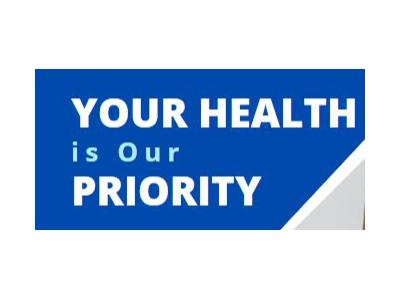
The Importance of Sterile Compounding Testing.
Understanding the Importance of Sterile Compound Testing
In the realm of pharmaceutical compounding, ensuring the safety and efficacy of sterile preparations is paramount. Sterile compound testing plays a pivotal role in maintaining patient well-being and preventing adverse events. Let’s delve into why this testing matters and how it safeguards patients.
1. Regulatory Requirements and Quality Assurance
As a 503A compounding pharmacy, we adhere to stringent regulatory requirements set forth by governing bodies such as the State Boards of Pharmacy, FDA, DEA, and credentialing agencies like PCAB. However, at VLS Pharmacy, we go beyond the minimum standards. Our commitment to quality assurance (QA) involves subjecting our sterile drug compounds to rigorous testing.
2. Key Sterile Compound Tests
a. Potency Over Time
- What is it? A quantitative test that measures the strength (potency) of medication over specific time intervals.
- Why is it crucial? It ensures that compounded medications maintain their intended potency throughout their shelf life.
- Methods: High-Performance Liquid Chromatography (HPLC) and Titration are commonly used for this purpose.
b. Stability Testing
- What is it? Stability testing assesses how well a product retains its properties and characteristics during storage and use.
- Components: A stability study includes assays for stability-indicating methods, sterility (for sterile preparations), endotoxin levels, pH, visual inspection, and more.
- Differentiator: Unlike simple potency tests, stability-indicating tests account for various stressors like heat, humidity, UV radiation, acids, bases, and peroxides.
c. Bacterial Endotoxin Testing (BET)
- Why is it essential? Endotoxins, remnants of bacterial cells, can pose serious health risks if present in sterile drug products.
- Detection Method: BET identifies toxins released from the cell walls of disrupted gram-negative bacteria.
- Complement to Sterility Testing: While sterility testing detects microbial contamination, BET specifically targets endotoxins.
3. Continuous Monitoring and Documentation
- Environmental Quality: Sterile compounding facilities must continuously monitor and document environmental quality, aseptic manipulation practices, and sanitization protocols.
- Validation: Sterility tests validate the safety of contents, ensuring that any contamination can be isolated if present.
- USP Chapter <71>: The sterility test’s sensitivity and accuracy are determined through validation.
4. Patient Safety First
Sterile compound testing is not just a regulatory obligation; it’s a commitment to patient safety. Compounded medications made without adherence to established standards can be sub-potent, super potent, or contaminated, putting patients at risk of adverse events or worse. As healthcare providers, we prioritize patient well-being by rigorously testing our sterile preparations.
Remember, behind every sterile compound lies the well-being of a patient. Let’s continue to uphold the highest standards and ensure safe, effective medications for those who rely on us.
References:
- Understanding Sterile Compound Testing and Why It Matters
- USP General Chapter 797
- What is Sterile Compounding? | Fagron Sterile Services
- Chapter 4 Sterile Preparation Formulation - ASHP




